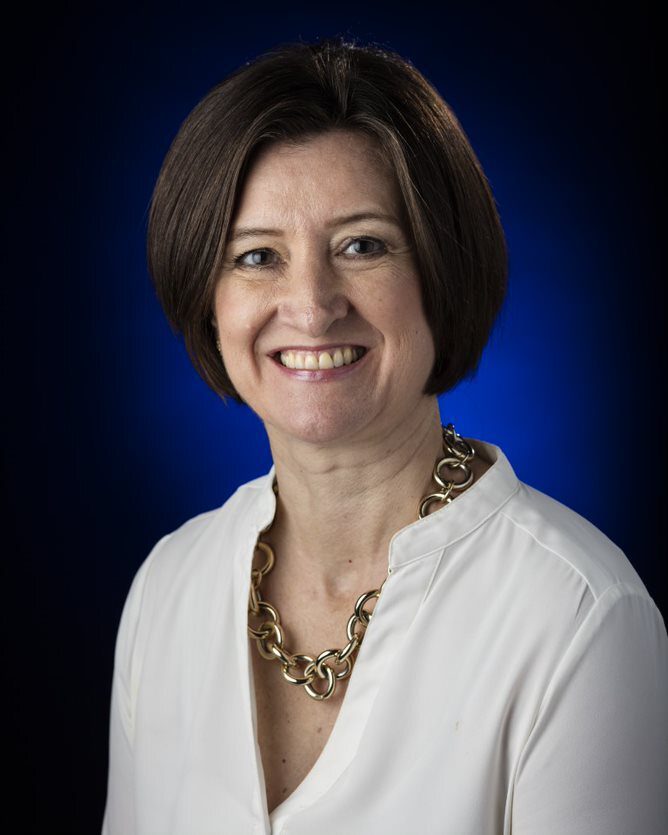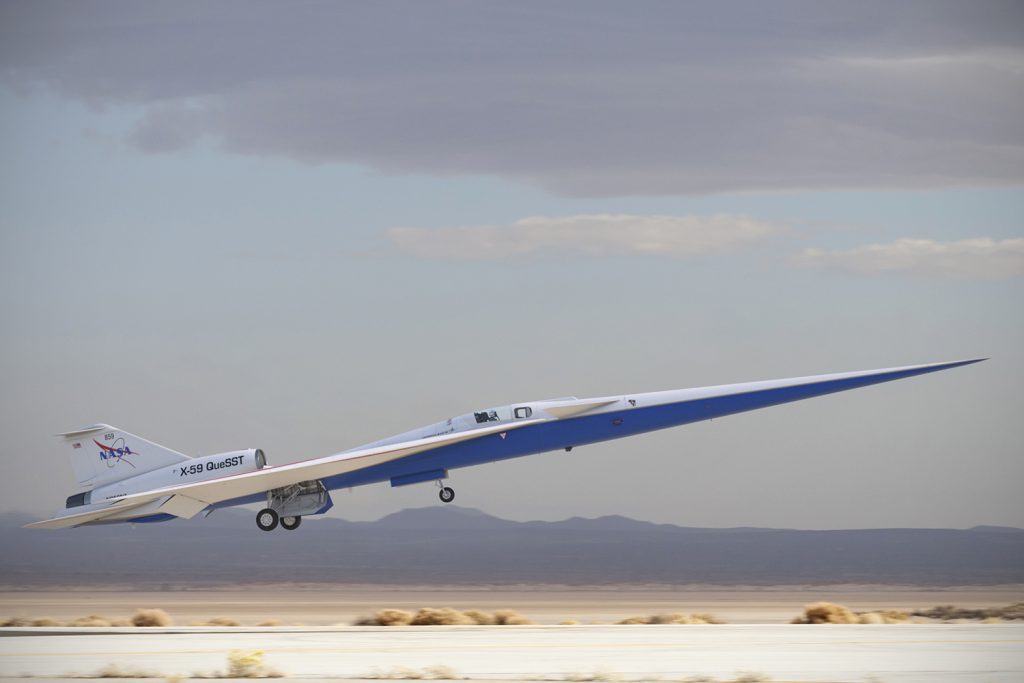NASA’s chief human capital officer on the future of work
Jane Datta tells UNLEASH about the challenges NASA has faced over the pandemic and her optimism for the future.
Why You Should Care
Ahead of her presentation at the upcoming INSPIRE event, Jane Datta, NASA’s chief human capital officer, talks to UNLEASH about how work changed in the pandemic at the agency.
She explains the difficulties of hybrid working and engaging employees who make differing work decisions.
As well as the plans for NASA's HR going into 2022.

Jane Datta, chief human capital officer at NASA.
NASA is one of the most well-known and respected government agencies in the world. As a result of the agency’s ventures into the unknown, many would expect the organization to be experienced with non-office-based working and having teams collaborating over vast distances.
Ahead of Jane Datta’s appearance at the upcoming UNLEASH/iCIMS INSPIRE European summit about the future of work, NASA’s chief human capital officer sat down with UNLEASH to discuss the agency’s future of work plans, as well as how it dealt with the challenges of the pandemic.
Datta tells UNLEASH that the company had long been prepared for remote working because of earlier investments.
The chief human capital officer explains that, like most other companies, NASA made the “switch from being mostly in the office to being mostly remote back in March of last year. That switch happened really fast, like in a couple of weeks.”
However, “the good news was that we had had a lot of experience with remote work on an intermittent basis, and so it wasn’t an unfamiliar process for NASA; it’s just that we didn’t do it in large numbers at any given day,” adds Datta.
She notes: “We had lots of people who did it sometimes, but their predominant location was still the office. The fact that we had experienced [intermittent remote working] for a good decade prior to last March, gave us something to start with. Otherwise, I think we would have struggled more.”
Like many other employers, at certain points in 2020, the agency had 90% of its employees working remotely.
Efficiency at home
Datta states that as more people worked from home processes changed; “we have learned how to get work done and to cope with the fact that things that we would typically have wanted to do face to face we can now do virtually. That includes creative endeavors, change management with teams, and individual employee/supervisor conversations, we’ve learned how to do all of those things decently well [remotely].
“In some cases, we may actually be more productive in the virtual environment. We’re avoiding things like the commute and walking around to get to a new conference room for a meeting, which is lost time.””
While there have been efficiency improvements, Datta did note that some mechanical projects require human interaction. With this in mind, not all parts of NASA’s operations have been sped up or improved during the pandemic.
To ensure the success of remote working, engagement is key. Datta states that NASA continues “to do a lot of communications to the workforce around all things related to the capacity constraints that are a direct result of COVID-19.”
In terms of how engagement is done remotely, Datta explains: “Our CIO had been fairly forward-leaning around what are the kinds of tools that are available on the market. So we had virtual tools, but we had other tools even before that we used for all sorts of virtual connections.”
She continues: “I think what happened is that whilst adoption of those tools had been kind of slow and steady prior to COVID-19, we’ve just fast-forwarded the adoption of the tools. So there’s no one tool, I don’t think, that was predominant other than the meeting platforms. But what I see happening is that people are using more of the functions that were available and would have been available absent COVID–19.”
Datta adds that when it comes to employee development “this is just about good management, right?”
“If I know my people -and it’s really important that people leaders know their people- [then] I know what they’re doing, I know what they’re struggling with, I know what they’re doing well, I know what they’re interested in learning better,” she states.
Bar exceptions when hardware needs to be discussed or altered in person, the chief human capital officer said that she is “relentlessly optimistic about the possibilities of learning and development when it is not primarily done on sites.”
She explains “what I mean by that is, especially in NASA, where we have very long-tenured employees and our turnover is low, there’s a lot of responsibility to provide learning opportunities.
“I feel that when learning opportunities are enabled, virtually, that there are many, many, many more opportunities for employees than there would be. At lower cost often, and at a lower [time and money] cost to the employee.”

Credit: NASA
The future of work
Looking ahead, “I fully anticipate that the marketplace will continue to evolve, meaning I think there’s a demand out there for government and non-government for people to be able to connect with each other on their work and their missions”, explains Datta. “When there’s a demand, the market will find some supply”.
With this possible market evolution, the chief human capital officer suggests that there will be more intuitive virtual software for employees that help them feel better connected to office life.
Datta believes “we’re now in an era where we’re trying to figure out how to remain resilient”.
“I think it’s one thing to kind of pull out all the stops and figure out how to cope with a new way of doing work when you think it’s going to end, and now we’re sort of in this moment where we’re not sure if or how it ends,” explains Datta.
“Now the resilience kicks in and I think ‘Oh, it’s going to be a hybrid situation’ in terms of how we want to work in the future, which is another effort we’ve undertaken since the early part of 2021. Then we realize we may need to maintain our current status for health reasons for considerably longer than we thought.”
Due to the added factors of employees splitting time between home and the office, Datta remarks that the mix of hybrid work “is harder than one extreme or the other.”
Despite this challenge, Datta remains hopeful. “My big hope for 2022 is that we sort out the lasting impact of COVID-19, which might entail some remaining on-site restrictions, [and] we move from where we are now into the next phase; that we get better at hybrid.”
She adds: “I had mentioned before that the extremes are easier, and I believe that to be very much the case, but that we can do the mix, which is the hybrid. We just have to practice.”
If you want to hear more of Jane Datta’s thoughts about the future of work, register now for your complimentary seat at UNLEASH and iCIMS Inspire HR European Summit on 21 October.
Sign up to the UNLEASH Newsletter
Get the Editor’s picks of the week delivered straight to your inbox!

Senior Journalist, UNLEASH
Dan combines his first-hand experience alongside the latest news and opinions in the HR Technology space.
-
Topics
Change Management
Future of Work
Contact Us
"*" indicates required fields
Partner with UNLEASH
"*" indicates required fields